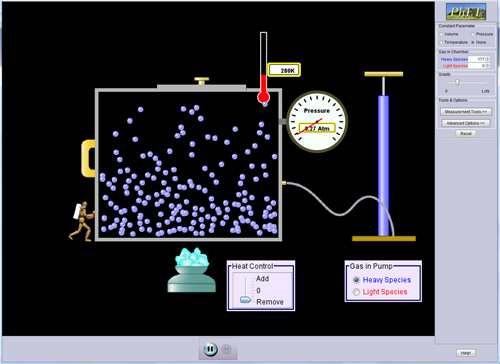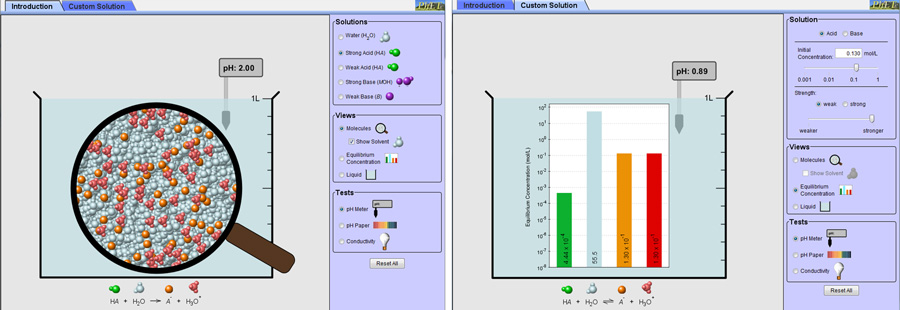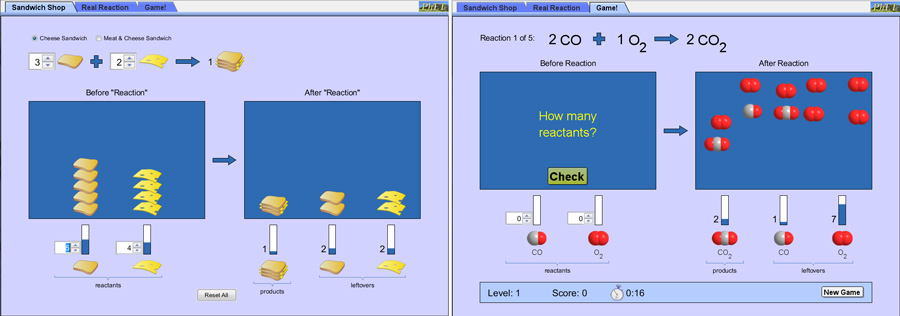Yokohama International School in Japan requires all teachers and students to have a blog on The Learning Hub, a WordPress platform, to share resources, display projects, and comment on posts and projects. I was surprised that blogs are not password protected and even administrators have their own blogs.
Resources:
Kim Kofino's blog.
Kim Kofino's blog.




